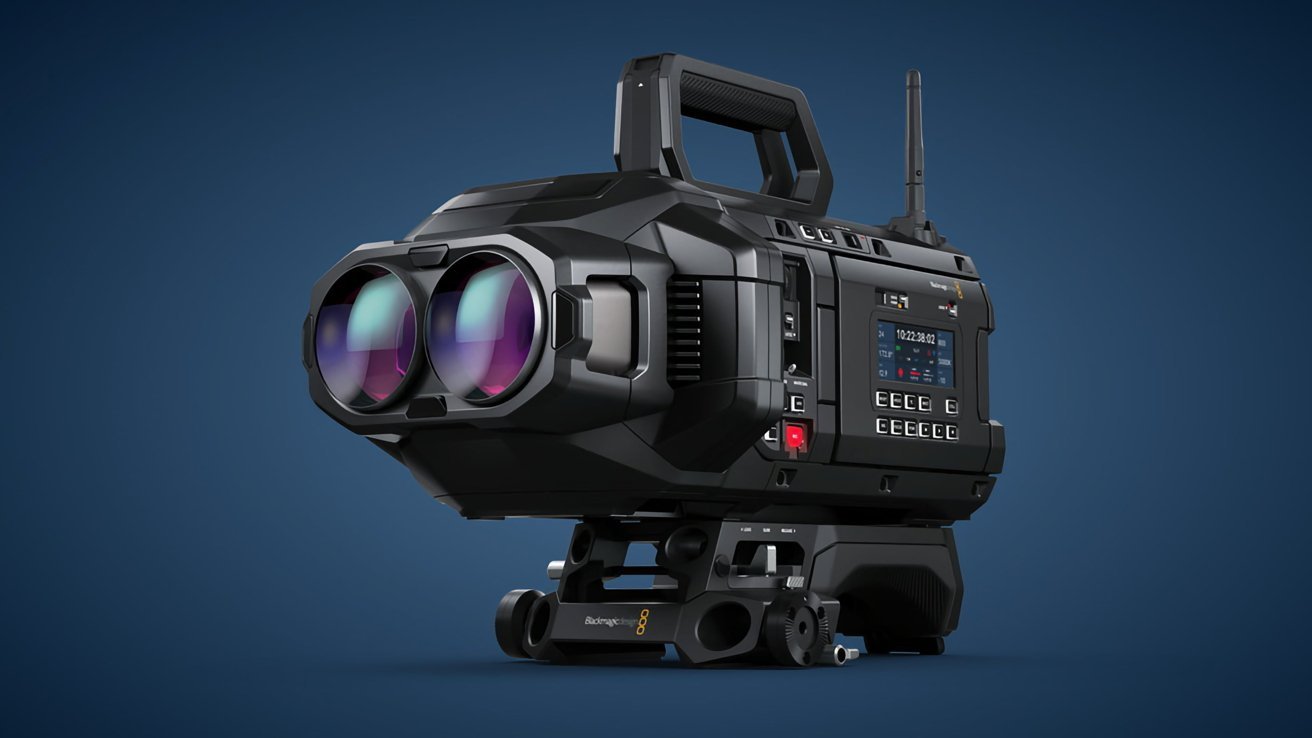Figure 02 is now shipping to commercial clients, according to CEO Brett Adcock.
31 months after incorporating, Figure is shipping its second model, Figure 02, to commercial clients according to a LinkedIn post by CEO Brett Adcock. Figure therefore joins Agility Robotics’ robot, Digit, as two of the only humanoid robotics companies on the planet to be putting their robots to work in paying clients’ warehouses and factories.
“It’s official: F.02 humanoid robots have arrived at our commercial customer,” Adcock says. “The robots are connecting to the network and performing pre-checks this morning.”
That’s extremely quick change in the emerging robot wars: just two months ago Agility Robotics CEO Peggy Johnson told me Agility was the only humanoid robotics company getting paid to do work.
Figure o2 is a 5’6” tall humanoid robot that ways 155 pounds. It can carry 44 pounds, work for five hours before needing to recharge, and walk at just under three miles per hour. It has hands that can open doors and use tools, the company says, and it can climb stairs, lift boxes, “and more.” Figure 02 ships in a roughly coffin-sized foam-lined box.
One pundit responding to Adcock’s post had a question: “Can the robots get out of these shipping cases unassisted or do humans need to lift them out?”
Figure is a humanoid robot designed to work in manufacturing and logistics facilities.
In a test with BMW, Figure is working on a production line picking up parts and moving them to another location. Its work seems to involve some rudimentary assembly, and it can work on multiple things at the same time with its two hands.
In January of this year, a tethered Figure 01 moved at just 17% of the speed of a human. Figure o2 is seven times faster, the company says. While an actual human is guaranteed to still be faster, a 7X improvement in less than a calendar year is a wake-up call that humanoid robotics are improving incredibly quickly.
In fact, an upcoming report that I can’t yet fully reference says they’ll be able to work for a leased cost of under $500/month within 15 years. And, of course, they can work nearly 24/7 without breaks—especially with hot-swappable batteries.
Given today’s news, that might be a pessimistic timeline.
With another few years’ development, autonomous robots should be equivalent to humans in speed, if not faster, and much smarter than today’s robots in terms of what they can accomplish.
“Today, manual labor compensation is the primary driver of goods and services prices, accounting for ~50% of global GDP (~$42 trillion/yr), but as these robots “join the workforce,” everywhere from factories to farmland, the cost of labor will decrease until it becomes equivalent to the price of renting a robot, facilitating a long-term, holistic reduction in costs,” Figure says in its public master plan. “Over time, humans could leave the loop altogether as robots become capable of building other robots.”








